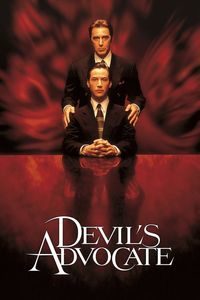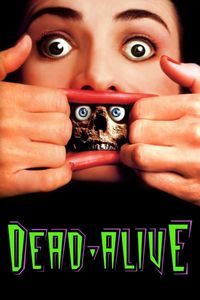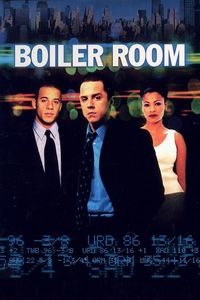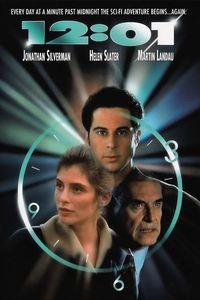Crown Publishers, 1999, 297 pages, C$38.00 hc, ISBN 0-609-60416-3
Microsoft has grown, in little more than twenty years, from a small unknown company working in a promising but modest field to a symbol of American Business. Through a lot of luck, at least one good decision, questionable market practices and some high-powered brainpower, Microsoft has not only made a lot of money, but had a significant impact on the evolution of contemporary computing. Computer experts curse Microsoft, but that’s irrelevant, because the general public *knows* Microsoft.
As such, it’s almost a given that several books a year are published about Microsoft. Despite ironclad nondisclosure clauses inserted in almost all Microsoft contracts, one can get a pretty good picture of the company’s internal practices through the mass of information published about it.
In this context, Renegades of the Empire is both an interesting read and a disappointment. It stated purpose, at least on its jacket blurb, is to provide an insider’s view of how three lone coders defied the rules of the company, developed a new ground-breaking technology and got it accepted by high management. Fine and well, except that this story, the “DirectX” episode, ends barely a hundred pages in the book. Then it’s on to the “Chromeffects” follow-up, some coverage of Microsoft in court, and such.
The true value of the book is in describing the way projects grow or wither inside Microsoft. A company made of largely genius-level employees cannot work in the same fashion as the rest of American businesses, and so we get an insider’s view of a company where going on vacation might mean finding your best colleagues gone by the time you come back. A company where big-boss BillG might argue with underlings just to see if they can hold under the pressure. A company where throwing books and walking around in Viking regalia might prove your point.
Renegades of the Empire is filled with anecdotes, from wild staff parties (to the tune of a few hundred thousand dollars) to renegade demos to outside developers (“I know what you think of Microsoft” says the presenter, as an on-screen graphic behind him shows the Windows 3.1 logo being shot-gunned.) to how one of the book’s protagonist fired off a raucous memo that did exactly what he wanted —get him fired.
But ultimately, the book loses a lot of steam at it goes along. The rebellious streak of the three heroes worked well on DirectX, but even as of this writing, Chromeffects seems moribund at best. Not exactly an happy ending here. This lack of resolution looms over the last half of the book, and might account for the diminishing interest of the book.
Fortunately, Drummond is an able vulgarizer; not only does the technical part make sense to a layperson, but they also make sense to technical people, which is essential to the text’s credibility.
In a domain almost exclusively ruled by instant dispatches on the Internet, a book allows the luxury of lengthy exploration and analysis, as well as a more coherent version of events that is muted when reporting immediate events. Renegades of the Empire contextualizes various events (like the Department of Justice investigation, unfortunately still ongoing as this review is written) in a coherent whole. On the other hand, this synthesis is less than successful given the unfinished state of what’s described in the account. Was Renegades of the Empire published too soon? Maybe.
And how does Microsoft fare in all this, a so-called insider’s account from a third-party publisher? Quite well, actually. The Darwinian business practices at Microsoft are described as kind of a symbol of American innovation. There’s a telling quote where Bill Gates complain that Americans can’t stand help but be suspicious of absolute business success. Microsoft does makes mistakes -after all, that’s why the book title contains the word “renegades”-, but is able to learn from its mistakes.
And that, industry veterans will tell you, is Microsoft’s most valuable asset.
![Die xue jie tou [Bullet In The Head] (1990)](https://www.christian-sauve.com/wp-content/uploads//bullet-in-the-head-1990-200x300.jpg)



![B gai waak [Extreme Crisis] [Project B] (1998)](https://www.christian-sauve.com/wp-content/uploads//project-a-ii-1987-200x300.jpg)
